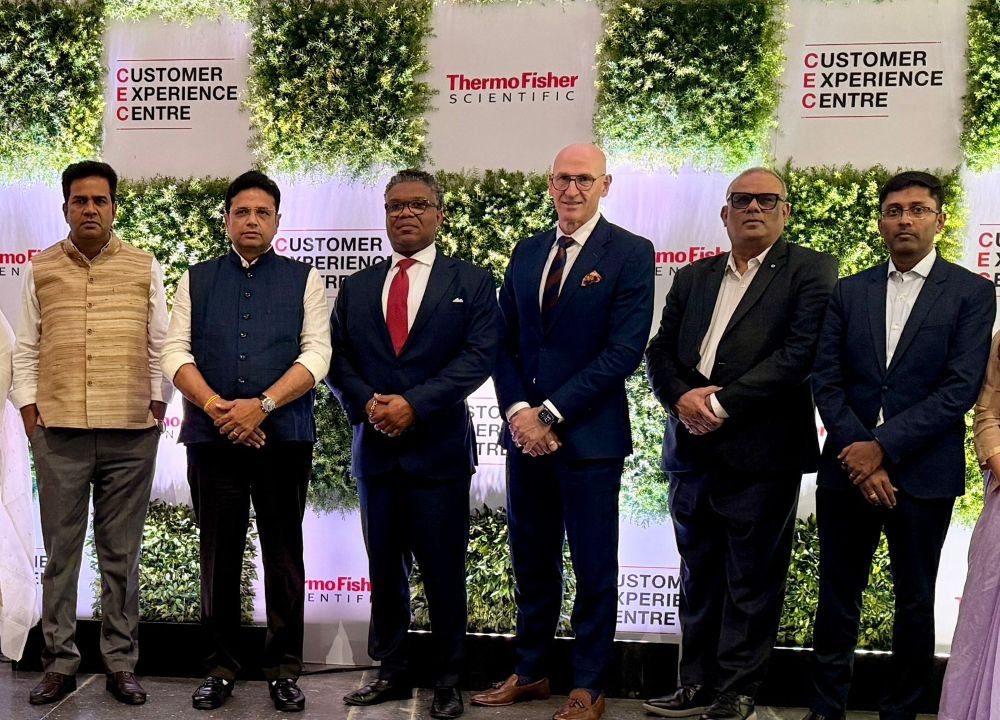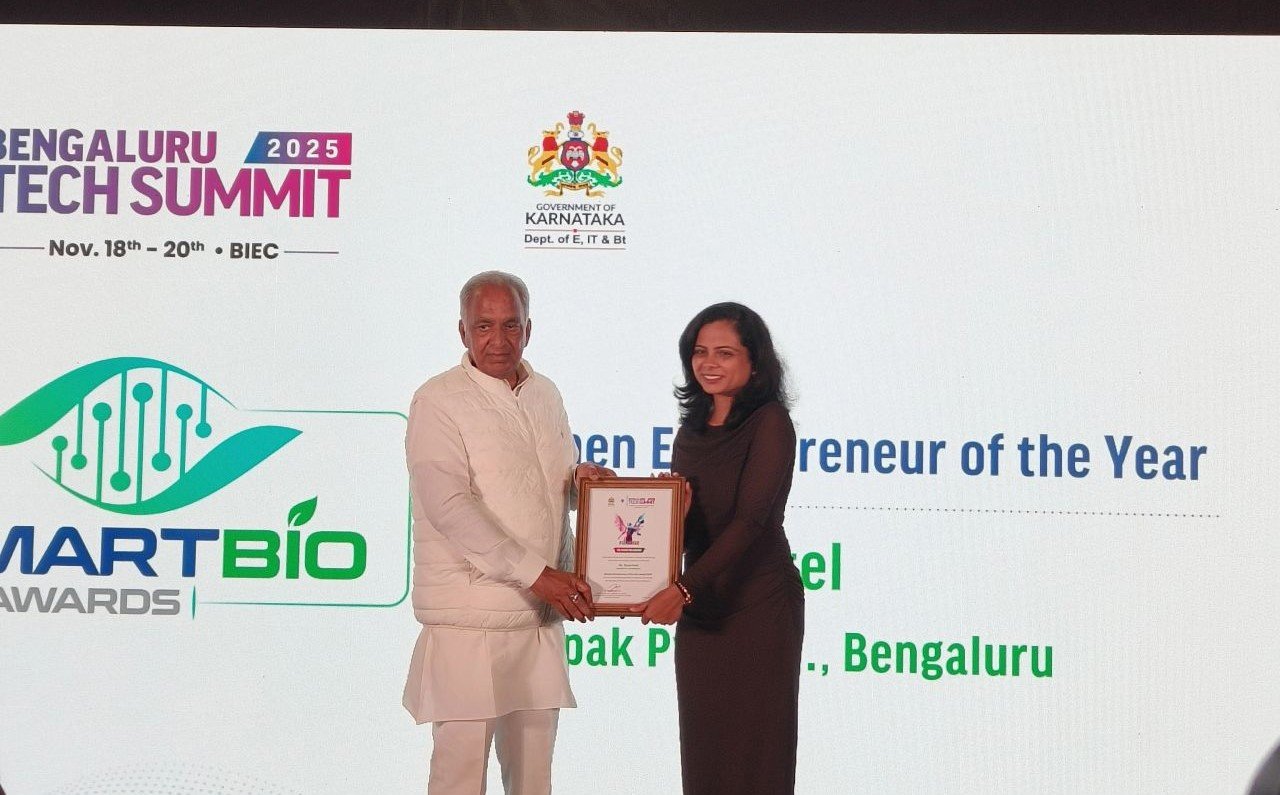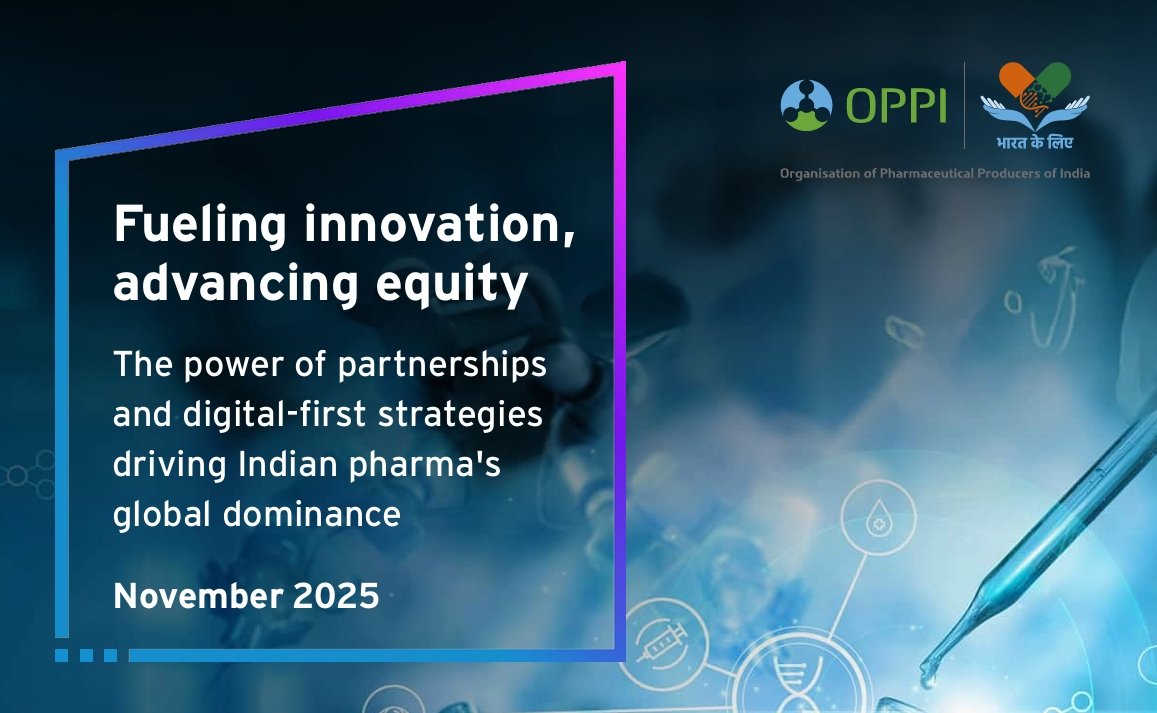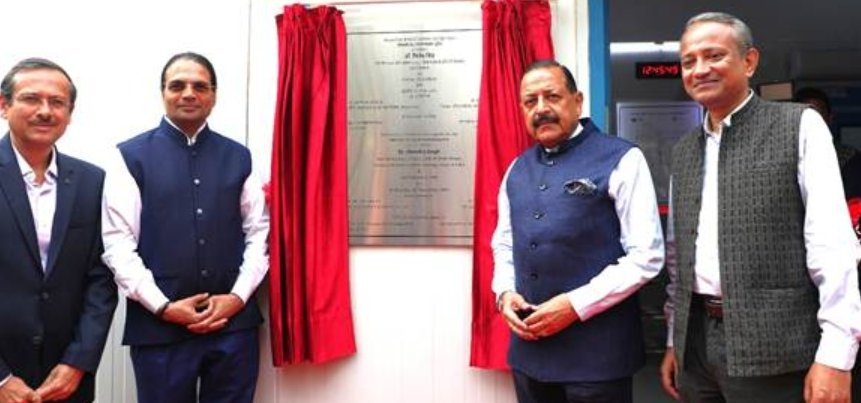“Risk appetite takes a beating�
April 08, 2009 | Wednesday | News
“Risk
appetite takes a beating”
 —Murali Nair,
partner, Advisory Services, Ernst & Young
In a freewheeling
interview, Murali Nair, partner, Advisory Services, Ernst
& Young, gives his views on the scenario of
venture capital funding in biotechnology in the backdrop of the current
global economic turmoil.
How has the recent
financial turmoil affected the biotech industry in the last six months
in terms of venture capital (VC) funding?
—Murali Nair,
partner, Advisory Services, Ernst & Young
In a freewheeling
interview, Murali Nair, partner, Advisory Services, Ernst
& Young, gives his views on the scenario of
venture capital funding in biotechnology in the backdrop of the current
global economic turmoil.
How has the recent
financial turmoil affected the biotech industry in the last six months
in terms of venture capital (VC) funding?
Globally, we have to view this recession from two aspects. One is from
the traditional business model wherein the funding for biotech
companies mostly comes from VCs and private equities (PEs). But, there
are not many VC firms that will be able to take the risk of putting in
funds for biotech ventures. As far as risks are concerned, my
personal opinion of the recession is that, it is more of an emotional
decision. It will not take much time for the
fundamentals to correct itself but it will take
time for the sentiments to come back. Because at the end of the day,
growth will not happen just because the fundamentals have corrected
itself or somebody is giving credit loans. Risk appetite is
the key for any development. That takes a very big beating when you
have a recession.
In India, the extent of the recession is far more than the actual
market reality and I do not think we are affected
except a few sectors. When you decide on
investments you spread it across categories like low, medium and high
risk, where the high risk gets
eliminated. Biotechnology was never a low or medium risk investment
that is the challenge when biotech funding goes globally. If you look
at the funding globally, it is mainly done by the government
or VCs (almost 60 percent). Now, even the government is under
tremendous strain as it is now looking at bringing in generic drugs and
possible ways to cut health care costs.
Funding, which is the oxygen for biotechnology, being an
innovation-driven industry, will be a challenge if you look
at standalone biotech companies. However, it is difficult in
the case of pure biotechs diluting their place to pharma
companies. Big pharma has no option but to look at
biotech if it wants to fill up its pipeline. The entire
innovation game will now be played very differently. The big pharma
companies are sitting on tonnes of cash and do not have debt. The big
biotech companies will get acquired while the small and medium
companies will see a lot of alliance relationships.
VC-based funding can take you up to a certain level but in order to get
the benefit, commercialization of products which the biotech companies
in the past have found it difficult to handle is important.
It will be a synergy of capabilities.
Is innovation one of
the reasons for VCs in India to take a backseat?
Innovation as a culture never existed in India in a manner
that would have facilitated basic research. Our focus for
basic research or rather innovative research was very
limited for many years. Even the big
pharma companies started investing in basic research only a few years
back and biotech being a much smaller sibling than pharma naturally did
not have place, ambition and aspiration to build basic
research.
Globally, the difference between biotech and modern pharma is that
biotech is far more fundamental because it goes back to the
genesis and synthetic pharma is less more complex and understood by a
larger majority of people.
India’s biological capabilities are lesser than the chemistry
capabilities and China is far ahead of India on biological
capabilities. The very nature of investment is also
tough because biotech addresses the very fundamentals of a subject and
it is a new topic. But any thing that is radical will take
its time to establish itself even intellectually.
Globally, if you take the top 50 companies they spend nearly
30-40 percent of their turnover on R&D and out of
this 40 percent comes from VCs. India spends only close to six percent
despite a small space. In the Indian market, the concept of VCs is very
new and we do not have many VCs. Yet India has done a great job.
We have been able to create an industry which is starting to
innovate and identified business models. The Indian biotech story
has not been a failure in anyway.
Should there be an
industry-academia linkage in biotechnology to promote innovation?
Should there be some sort of funding on these lines?
The academia-industry linkage has been the engine for innovation. In
Indian context, to deal with the Indian academia is very
tough; there is tremendous resistance and the sense of commercial
understanding is lacking. The US faced a similar challenge in the 1950s
and 1960s that is when they came out with an act which
actually improved the industry-academia linkage and the ability to do
commercial research, earlier it was only restricted to journals. India
is also planning to propose an act named Public Funded R&D
bill, which is inspired by the US act. The act will allow the
researcher and the academic institutions to hold the IP right, that is
a good incentive because today a researcher thinks he has no stake in
the process as the government holds the IP. This act will be a good
catalyst and will lead to an effective commercial relationship between
the industry and academia. People will be engaged in a meaningful
commercial research while they are still on campus and
it will facilitate a number of research projects
because the infrastructure gap can be narrowed and can be
balanced.
Biotechnology as a sector is an answer to so many unanswered issues. We
traditionally have not been able to participate in innovative
activities because of lack of funds. I think it is a national issue and
not a company issue. This is a sector where small guys cannot
afford and the government funding can be at a project level. The
Government of India has also declared that it will allocate $2 billion
for R&D but that alone cannot help. If the fund is given
individually to companies that will not be a good model. The main
intention should be to create a common infrastructure to leverage the
strength. So the best way to utilize this fund is to invest in Bt
parks, strengthen academic institutions with best
infrastructure so that within one umbrella a company and
institutions can all work together. So here we have limited
investments being exploited by multiple number of players for
innovation. We need to create central infrastructures or shared
capabilities and infrastructure.
We saw a lot of
companies hiving out their R&D units. Was it a feasible model
considering that a number of PEs and VCs backed out
mid way from such ventures?
Considering this model, companies wanted to de-risk their generic
business because all of them are listed. The discovery
research was sucking up a lot of money which was impacting
the performance of the entire company and in any drug discovery process
its a long gestation period. Indian markets and investors do not
understand that in a very significant way. So the segregation happened
to de-risk their generic business and to bring a clear focus, but
unfortunately we are seeing many deals closing. In concept, it was good
to have a risk capital and funding for the discovery part, but the
expected success did not happen. Because at the end of the
day discovery is long drawn process and you need to have a
different set of investors with a different mindset
who can understand innovation investments. Market and investors will
take time to understand this model.
From the VC
firm’s point of view, how attractive will be the biosimilars
market in the near future?
Biosimilar market has superior opportunities than pharma generics.
Globally we can expect a certain price correction. However
generics are here to stay and grow in time. In the
US the generics prescription is 60 percent and with the
arrival of Obama it will grow over time. Biosimilar is a subset of
generics. Traditionally the market for which big pharma has made
branded products catering to the 1.5 billion
population now this 1.5 billion population is under the
strain of genericisation. To have sustainability, big pharma
or big biotech will have no other option but to typically cover the
remaining population which is a semi regulated part of the
world and this part will never be able to afford the prices, this is
also applicable to biosimilars. Biosimilars will be a more
strong a proposition than generics because they are difficult
and complex to emulate . Today the entire pharma generic
space will see a tremendous price erosion up to 90 percent. That may
not happen in biosimilars, the price erosion may go up to
50-60 percent.
What according to you
will be the five trends that will dominate the Indian biotechnology
industry?
We will go the innovation way, if companies aspire to be in a
dignified position, imitation will always put you in a secondary
position. Hence investment in innovation is the right thing,
since there are a number of corporate companies in India actively
committed to innovation. We will also see government funding in terms
of providing finance, getting into PPPs, direct funding,
their role in development of this sector will be primarily as a
financier and peer regulator.
There will be globalization in biotech. Biotechnology is largely
India-centric; in the future, we will be a part of the global
market and will be a part of the pie across the value chain. There will
be a lot of marketing alliances where companies abroad can
come and Indian companies will play the role of CSOs
(contract sales organizations). They will look at alliances across the
value chain. The public R&D bill will change the dynamics as
the industry-academia linkage has an important role to play.
Regulations will play an important role for successful implementation
of the first three trends. Lastly on the globalization front,
other than business opportunities and capability development,
globalization will expose us to actively learn the expertise from the
partner, South Korea is a best example for this. The
alliances prepares companies to go to the next
level.
Nayantara Som


 —Murali Nair,
partner, Advisory Services, Ernst & Young
—Murali Nair,
partner, Advisory Services, Ernst & Young 






